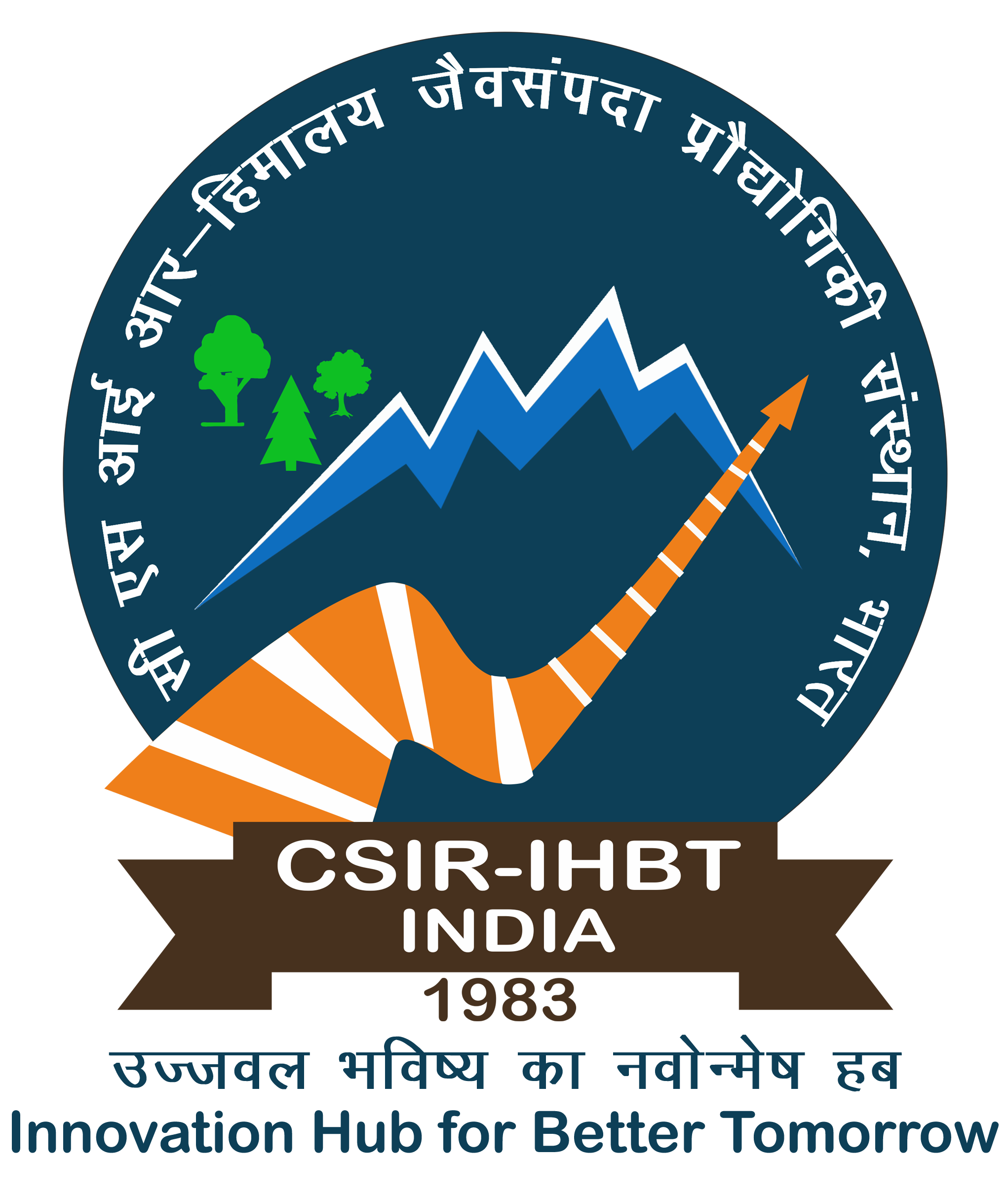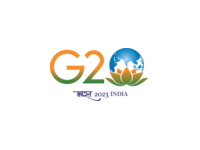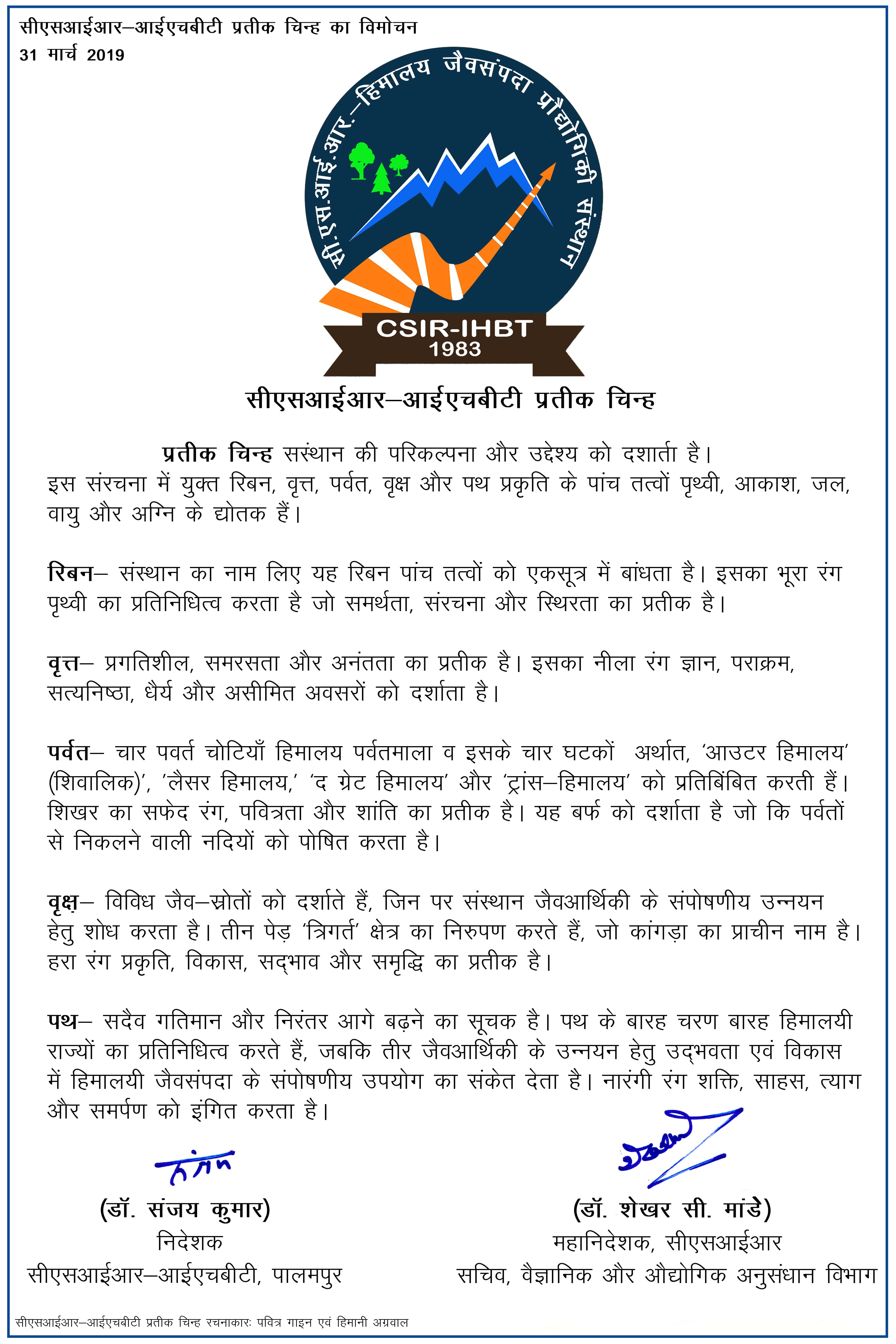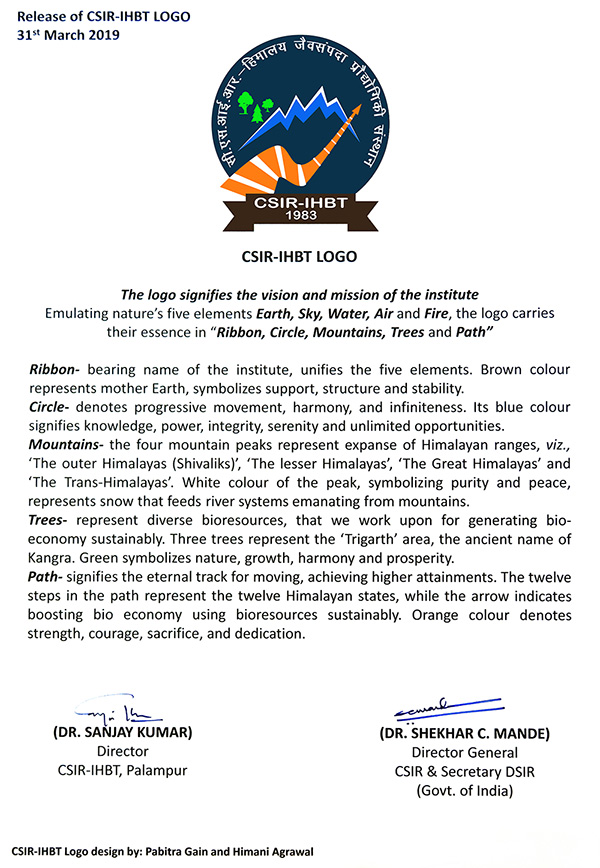The division is involved in survey, collection, morphological characterization, and creation of databases of economically important plant species of western Himalaya. Institute has so far covered 50% area of Himachal Pradesh. "himFloris", "himVanSankat" "him-Padap-Sanklan" , TRAMPIS and Forest hyperspectral library are some of the important databases developed by the institute. Frequently, ethnobotanical surveys are also carried out in different areas of H.P to identify plants used by the natives for various purposes, the information thus generated are documented and submitted to CSIR under Traditional knowledge Digital Library (TKDL) project.
Mapping of landscape elements and plant resources of HP on the basis of topographic maps and satellite images was initiated in 2004. The landuse/landcover maps of Kangra district, Bhabha valley in kinnaur district, Solang nala watershed in kullu district and Pangi area in Chamba district have been generated. Maps of apple orchard in Spiti valley and bamboo resources in Kangra, Hamirpur and Una districts were also developed.
Institute has a herbarium with collection of 13000 specimens of more than 1208 flowering plant species belonging to 602 genera placed in 137 families and arranged according to Bentham and Hooker classification. Institute has added six new records to the Flora of Himachal Pradesh. IHBT herbarium houses voucher specimens mainly from the western Himalayan region. Two monospecific genera viz., Houttuynia (family-Saururaceae) and Hippuris (family-Hippuridaceae) are also included in the herbarium. Pteridophytes have immense medicinal, aesthetic and economic potential. Keeping in view the significance of the Pteridophytes and to understand existing species diversity of ferns and fern allies in Palampur and its surrounding areas, preliminary surveys were conducted. About 60 species of ferns and 5 species of fern allies belonging to 35 genera and 15 families have been identified, including 45 species collected from IHBT campus. Amongst the dominating genera are Aleuritopteris, Adiantum, Athyrium, Dryopteris, Polystichum, Pteris, and Thelypteris. Rare and uncommon taxa collected include Araiostegia, Lygodium, Microsorum, Polypodiodes, and Pyrrosia.
There are about 50 rare plants growing in the herbal garden of the Institute. Of these, cultural practices are being developed for 8 species, while package of crop-husbandry practices has been standardized for 7 species of therapeutic importance viz., Valeriana jatamansi, Hedychium spicatum, Curcuma aromatica, Dioscorea bulbifera, Crataegus oxyacantha, Silybum marianum, and Costus speciosus. Demonstrations on production of large cardamom in farmers' fields have also been established to promote its cultivation in Himachal.












